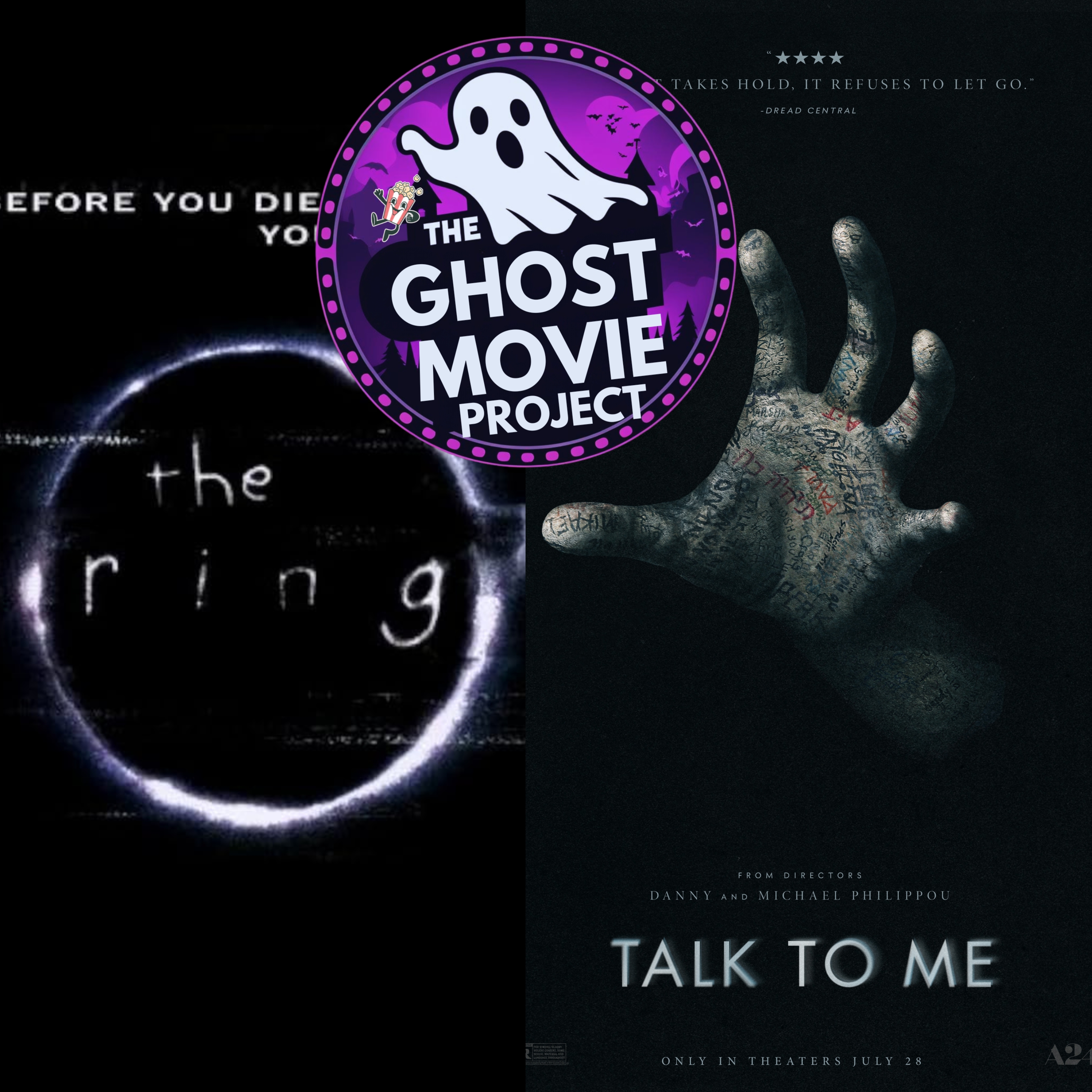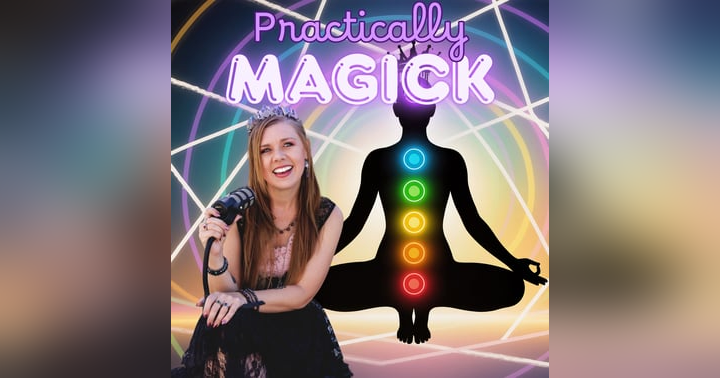Cursed Screens and Possessed Parties: What The Ring and Talk to Me Reveal About Halloween’s Darkest Fears

Cursed Screens and Possessed Parties: What The Ring and Talk to Me Reveal About Halloween’s Darkest Fears
Halloween is more than costumes and candy—it’s a season of shadows, a time when curiosity meets consequence. And few films capture that eerie intersection better than The Ring and Talk to Me. These two horror masterpieces, separated by decades and continents, explore the terrifying power of haunted objects, spiritual portals, and the human need to be seen—even if it means inviting darkness in.
In this episode of The Ghost Movie Project, hosts Just Blane and Courtney Pearl dissect these films with wit, wisdom, and a touch of witchy insight. What emerges is a chilling reflection on technology, trauma, and the dangers of opening doors we’re not ready to close.
🎬 The Ring: When VHS Became a Death Sentence
Released in 2002, The Ring introduced American audiences to J-horror—a genre rooted in psychological dread, minimalism, and tech paranoia. Adapted from the Japanese film Ringu, it tells the story of a cursed videotape that kills anyone who watches it within seven days. The concept is simple, but the execution is unforgettable.
Courtney recalls watching the film in high school and then visiting a video rental store—only to have all the TVs suddenly turn to static. “We’re out of here,” she said. That moment, like the film itself, blurred the line between fiction and reality.
📼 Viral Curses and Tech Anxiety
Blane dives into the origins of J-horror, tracing its roots to Noh and Kabuki theater, where vengeful spirits and supernatural revenge plots were common. In the 1990s, Japan’s anxiety over emerging technology—emails, cell phones, the internet—fueled a wave of horror films that turned everyday devices into conduits of terror.
The Ring plays on this fear masterfully. The cursed tape isn’t just a plot device—it’s a metaphor for how information spreads uncontrollably, like a virus. Watching the tape feels like participating in the curse, and the film’s eerie sound design and unsettling imagery make it feel all too real.
🪑 Everyday Objects, Extraordinary Terror
One of the film’s most disturbing elements is its use of mundane imagery: a lone chair, a ladder, a fly. These are things you might encounter on any given day, which makes their presence in Samara’s video all the more haunting. Courtney notes that this familiarity is what makes the film so psychologically disturbing. “At any moment, you could be confronted with something from this movie.”
Even the tree featured in the film—a Japanese maple nicknamed Lucille—is symbolic. Its scorched red leaves and fruit called “Samara” tie back to Japanese culture and the character’s name, adding layers of meaning to the horror.
👩👦 Flawed Mothers and Unsettling Endings
Naomi Watts plays Rachel, a single mother and journalist who uncovers the curse. Courtney points out that Rachel is a flawed character—distant, forgetful, and emotionally unavailable. This complexity adds depth to the story, especially as Rachel races to save her son, Aiden, from the curse.
The film’s ending is particularly chilling. Rachel realizes she survived because she made a copy of the tape—spreading the curse. To save her son, she must do the same. “Don’t help her,” Aiden warns, revealing that Samara doesn’t want peace—she wants proliferation. It’s a haunting commentary on how trauma, like viral content, demands to be shared.
🧠 Haunted Object or Psychic Imprint?
While The Ring is often categorized as a haunted object film, Courtney offers a deeper interpretation. Samara’s psychic abilities allow her to imprint images onto film and into people’s minds. This isn’t just a cursed tape—it’s a manifestation of unresolved trauma and dark energy. Aiden, with his intuitive gifts, senses this before anyone else, reinforcing the theme of psychic children in horror.
🖐️ Talk to Me: Possession as a Party Trick
Fast forward to 2023, and Talk to Me flips the haunted object trope on its head. In this Australian horror film, a group of teens discovers a ceramic hand that allows them to communicate with the dead. Say “Talk to me,” and you see a spirit. Say “I let you in,” and you become possessed—for 90 seconds. Any longer, and the spirit stays.
Blane describes it as “an Airbnb for ghosts,” and Courtney calls it a portal rather than a haunted object. The hand doesn’t contain a single spirit—it opens a gateway to many, each with their own agenda.
📱 Clout, Peer Pressure, and the Cost of Belonging
At its core, Talk to Me is a cautionary tale about peer pressure and the desperate need for social validation. The teens aren’t just experimenting with the supernatural—they’re chasing clout. They film possessions, share them online, and compete for likes. Mia, the protagonist, is especially vulnerable. Grieving her mother and feeling isolated, she seeks connection in all the wrong places.
Courtney reflects on how addiction and escapism play into the story. “It’s not just peer pressure—it’s the desire to escape emotional pain.” Whether it’s drugs, social media, or spiritual possession, the film shows how far people will go to feel something, anything.
🧛♂️ Possession Parties and Spiritual Consequences
The film’s most brutal scene involves Riley, a young boy who becomes possessed and violently harms himself. It’s a moment that lingers long after the credits roll. Blane praises the practical effects and the performance of Joe Bird, who was only 15 at the time. “He carried the emotional weight of the movie.”
Courtney adds that the scene is a powerful metaphor for the dangers of opening portals without understanding the consequences. “Don’t mess with portals,” she warns. Whether it’s a Ouija board or a ceramic hand, spiritual tools require respect and knowledge. Used recklessly, they can invite chaos.
🧙♀️ Folklore and the Magic of Severed Hands
Courtney shares fascinating folklore about embalmed hands in the UK, once believed to deter thieves or induce sleep for easier robbery. In Talk to Me, the hand is said to belong to a psychic medium, which explains its power. A24 even sells replicas of the hand—complete with mysterious markings and, apparently, a hidden bowl for smoking. “They’re asking people to engage with the same kind of parties you see in the movie,” Courtney notes.
🪞 Mirrors, Identity, and the Fear of Not Being Seen
One of Mia’s nightmares involves looking into a mirror and not seeing her reflection—a powerful metaphor for her fear of invisibility. In a world obsessed with visibility and validation, the idea of not being seen is terrifying. It’s a theme that resonates deeply during Halloween, when masks and costumes blur identities and reveal hidden truths.
🎭 Final Thoughts: Curiosity Meets Death
Both The Ring and Talk to Me explore what happens when curiosity crosses into danger. Whether it’s watching a cursed tape or grabbing a haunted hand, the desire to know more can lead to destruction. These films remind us that some doors are better left closed—and that the scariest monsters are often reflections of ourselves.
As Blane puts it, “These movies explore the idea of curiosity meets death.” And Courtney adds, “Don’t mess with portals.” It’s advice worth remembering this Halloween, when the veil between worlds is thin and the temptation to peek beyond it is strong.
So light a candle, protect your energy, and maybe skip the VHS tapes and ceramic hands this year. Because if the screen turns to static… run.


